Calculating the Dough Temperature for Pizza
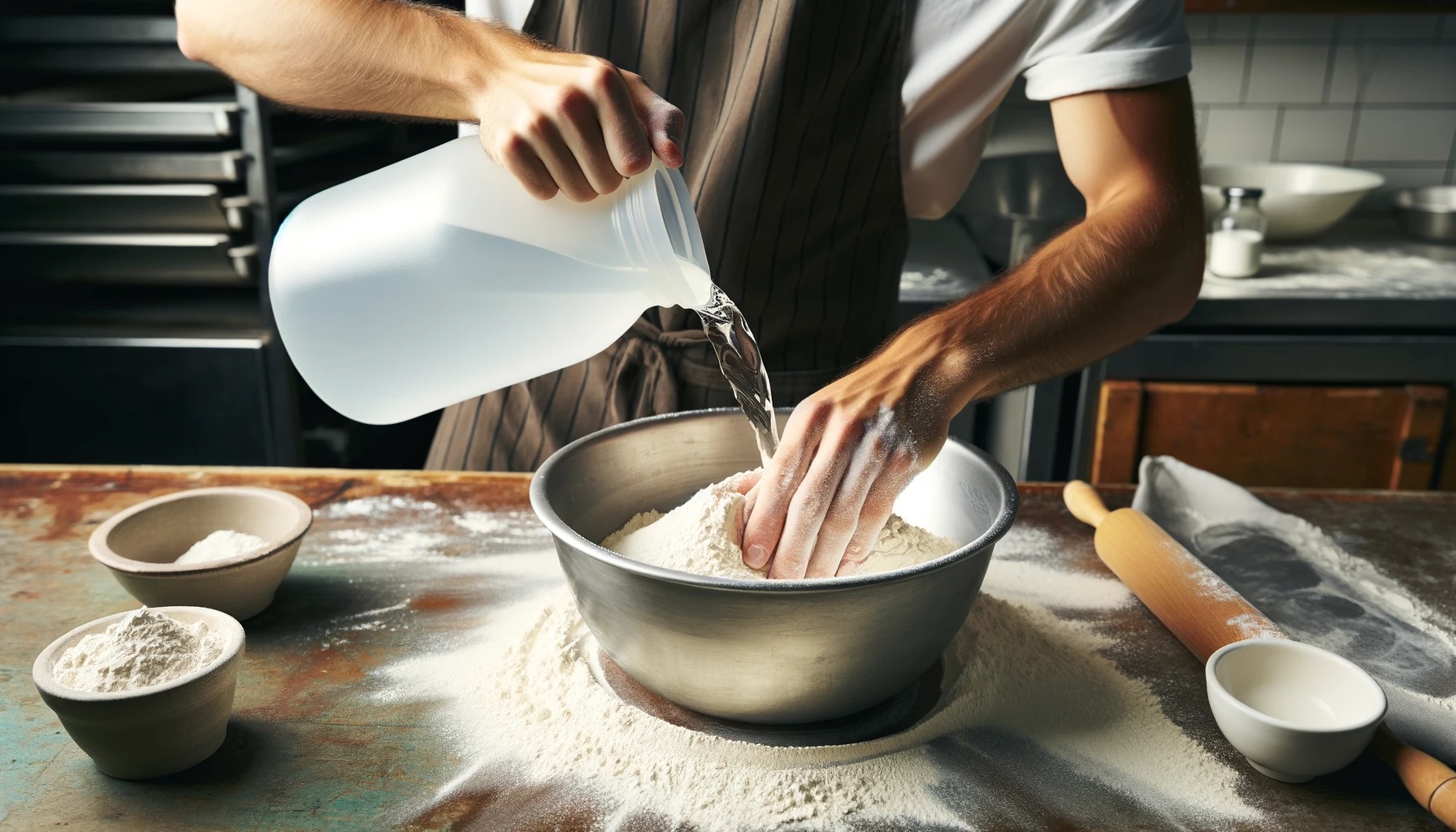
Let’s explore the importance of dough temperature in pizza preparation.
The temperature of any leavened dough contains living microorganisms (yeasts and bacteria); therefore, the dough temperature must be suitable for their metabolism. The optimal temperature for yeast multiplication varies between 25°C and 30°C.
Indice dei contenuti:
Calculating the Right Water Temperature to Achieve the Optimal Final Dough Temperature
Yeasts begin to multiply already during kneading. To optimize their multiplication, the dough temperature should therefore be between 25°C and 30°C, higher for soft doughs (which have a final temperature of about 27°C), while for drier doughs about 23°C is sufficient (also because drier doughs are usually worked further after mixing and thus warm up a bit more).
It is important to reach the required final temperature for each dough. If a dough is too cold, the gluten does not fully transform (it is then said that the dough does not have strength) and fermentation also slows down.
Conversely, a dough that is too hot forms a gluten network that is too strong, which can tear at some points. Moreover, dough liquefaction occurs, also due to the increase in enzymatic activity. Such a dough will have too rapid fermentation and a higher content of acids.
Factors Determining the Final Dough Temperature:
- ambient temperature
- flour temperature: usually, flour is colder by a degree than the environment (if stored in the work environment). If it comes from another place (such as a warehouse), the temperature can vary significantly
- water temperature for the dough, which must be calculated
- heat emitted by the mixer, indicated in the following table:

The dough heating values vary depending on the mixer model, the amount of dough in the bowl, and the type of dough (direct or indirect).
Higher heating of dry doughs is due to their greater resistance to the mixer. Knowing the final dough temperature, which depends on the above factors, it is possible to calculate the necessary water temperature for three degrees, which corresponds to heating of one degree of the final dough.
Main Steps for Calculating Dough Temperature and Proper Procedure
Before proceeding with water dosing in the dough, it is important to determine its temperature, using the following formula:
Water Temperature =
final dough temperature x 3
(-) ambient temperature
(-) flour temperature
(-) degree of heating from the mixer
for example: a soft dough, ambient temperature 28°C, spiral mixer:
Final Dough Temperature (25°C) x 3 = 75 –
Ambient Temperature (28°C) 28 –
Flour Temperature (27°C) 27 –
Heating from the Mixer (9°C) 9 =
____________________________________
11°C water temperature
The water temperature should be 11°C.
These calculations derive from applying a formula based on numerous practical experiments. If the water temperature turns out too low, it is advisable to increase it by 4°C.
Leave a comment if you have questions about the final dough temperature for pizza.
You might be interested in reading:
The fermentation of pizza: why is it so important?



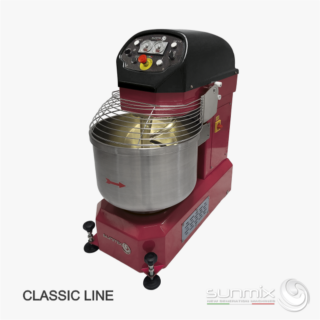
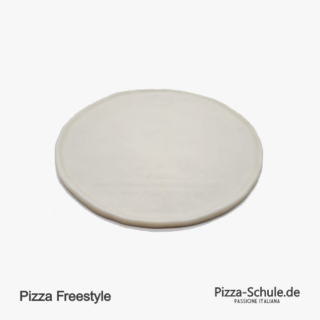



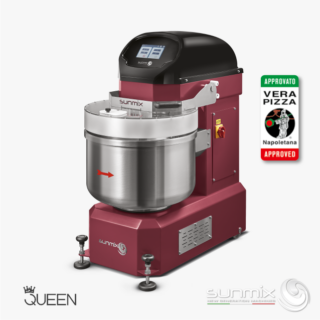

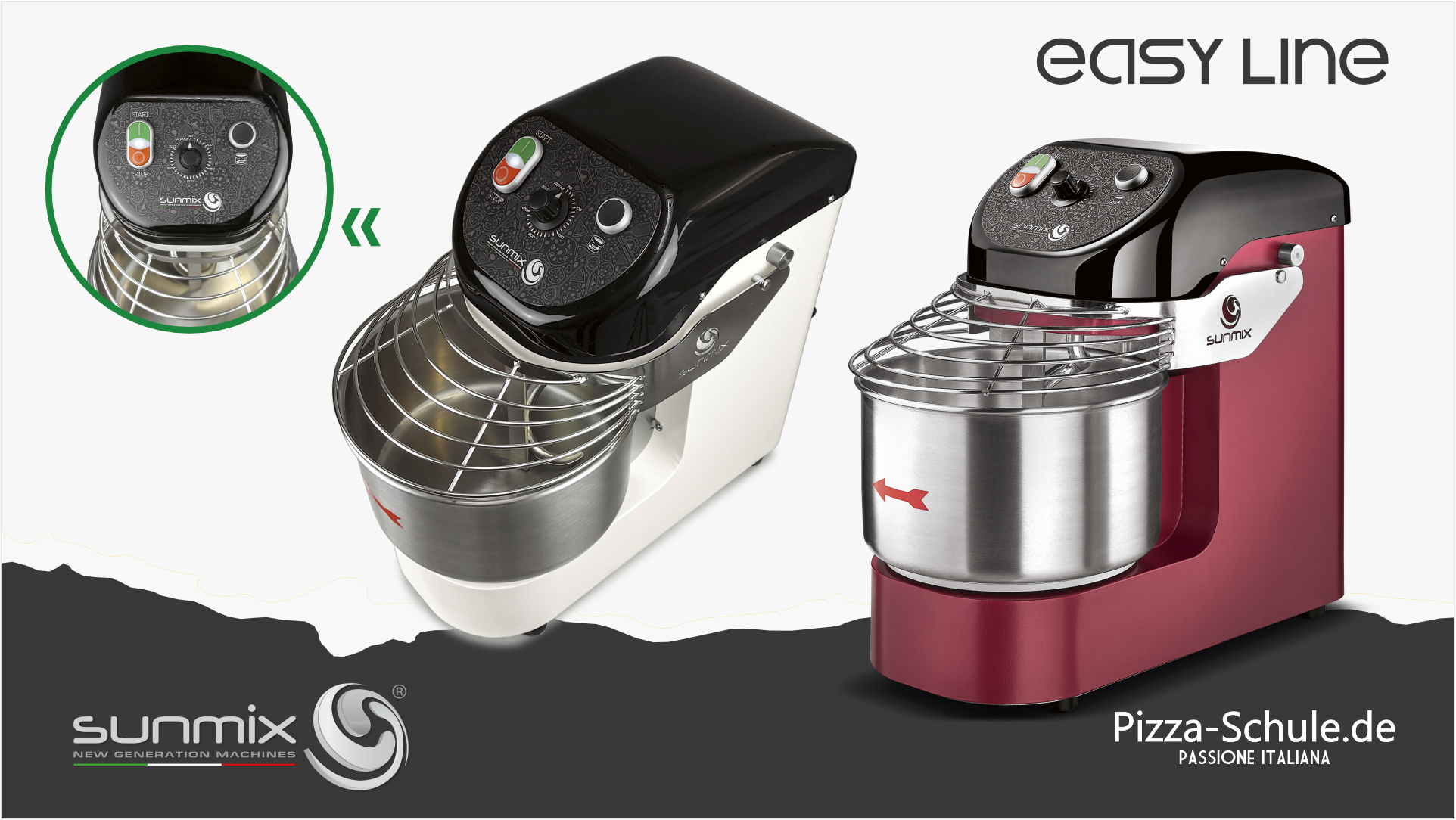


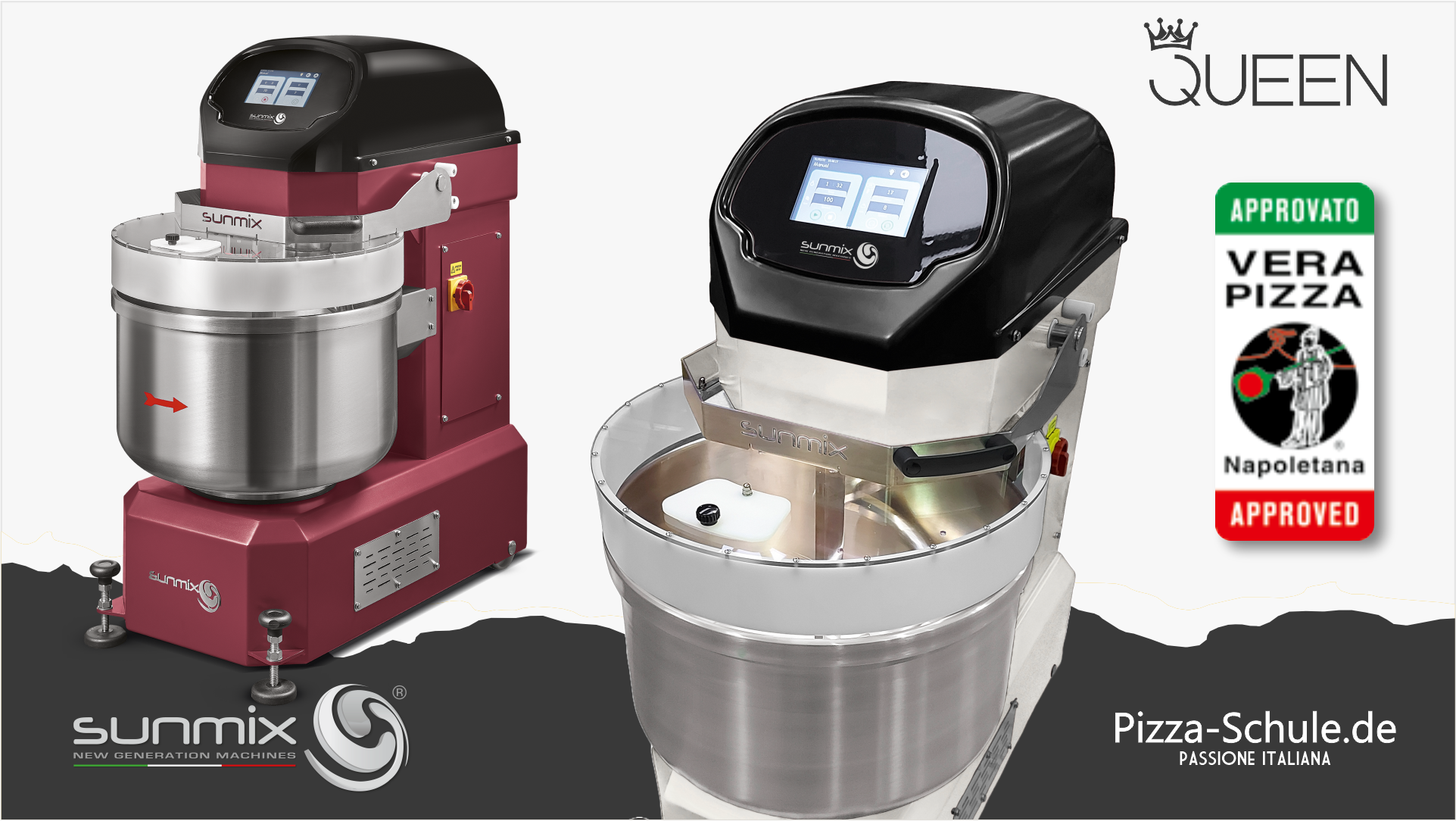







Leave a Reply